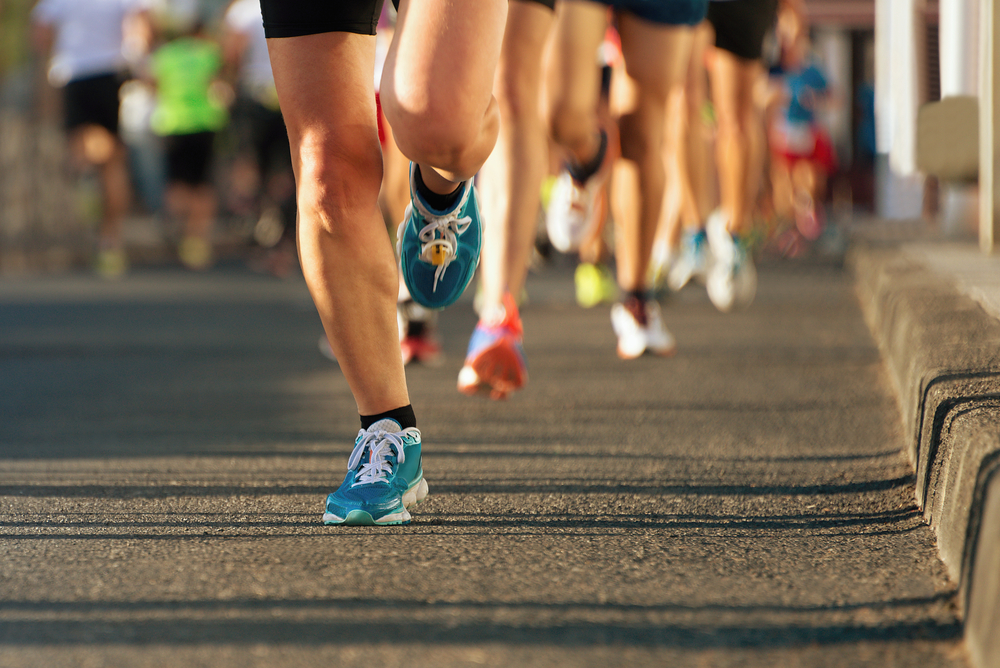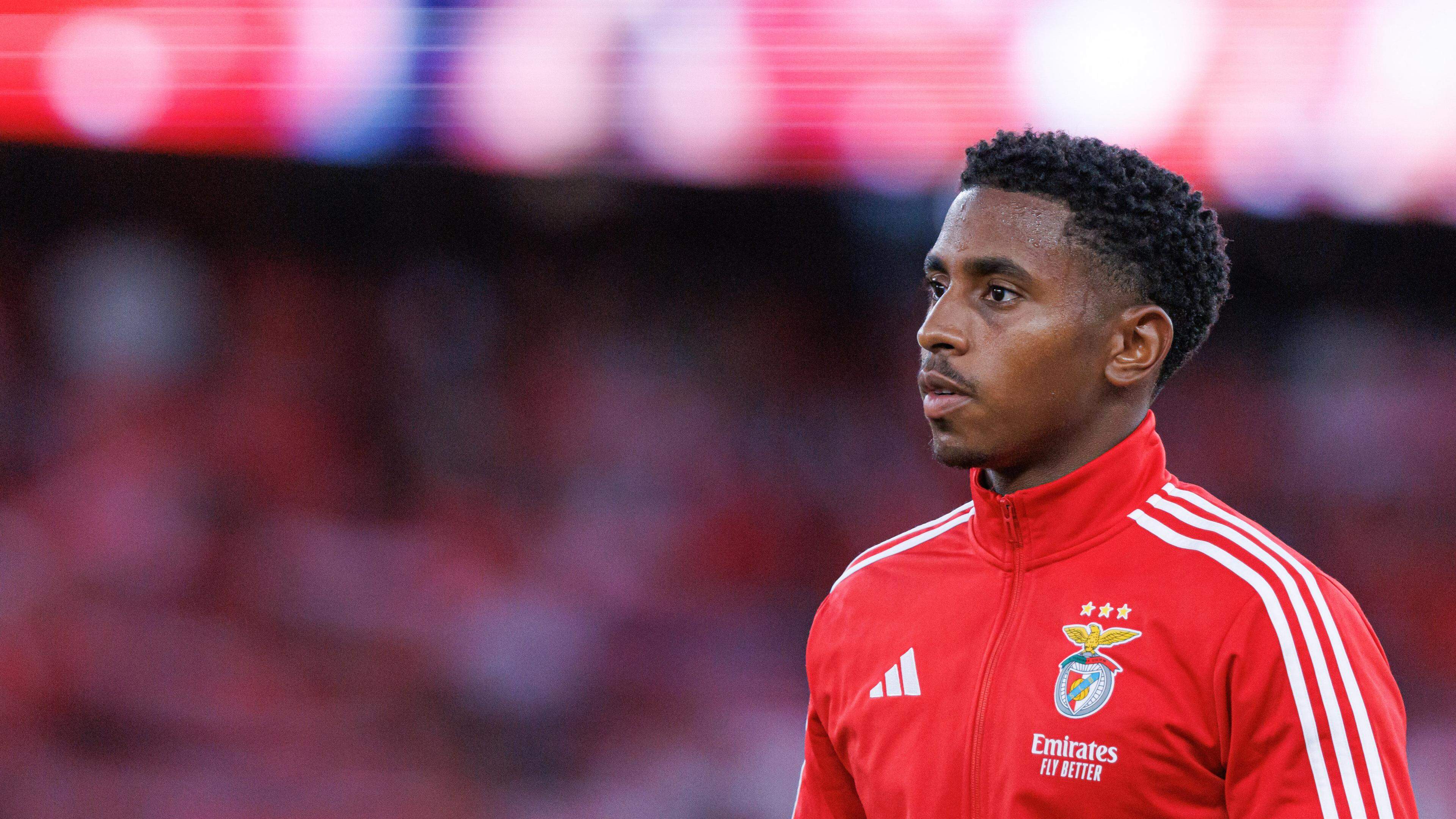Running season in full swing! Six Specialist Tips for Runners / Day

Tatyana Platova emphasizes: “Participation in the marathon cannot be spontaneous, the idea of the previous day. Even if there is a thought of the smallest six -kilometer distance! The marathon will have to be released, but you can prepare for other running events that are definitely found in the summer and autumn calendar. ”
Race Morning
The physiotherapist points out that good sleep at the night before the race is particularly important – it allows the body to relax and regenerate to gather strength for the race. « Be sure to sleep for 7-8 hours, and sleep should be of good quality. Breakfast is recommended two, three hours before the start of the race. This morning, foods are high in carbohydrates and fiber. It is better to choose, for example, yogurt, cottage cheese, banana, avocado, tea.
The pharmacist recommends: “Jogging, especially in the longer distances, is a serious test for both the muscles and the cardiovascular system. It is worth considering support from the pharmaceutical point of view to better overcome this load and reduce possible discomfort. They are not restored to muscle cramps, dizziness or even fainting.
During exercise, the need for magnesium is also increasing. If you have seizures or increased fatigue during physical activity, it is recommended to use magnesium 2-3 days before the race. Particularly well absorbed by magnesium citrate or bisgill – these forms are also more gentle in the stomach. On the morning of the race, it is important to take care of the fluid balance early – it is advisable to drink an electrolyte solution before the start. If there is a muscle tension or a tendency to cramps in the morning, another small dose of magnesium may be considered.
Definitely should not be prevented with painkillers such as ibuprofen. They can pose an additional load on the kidneys, irritate the stomach lining and interfere with the regulation of the body’s fluid. If the pain is before the start, this is a warning signal – the body needs a rest rather than a load. ”
Warm -up is mandatory
Instead of a marathon, you should arrive an hour before the start to get ready to prepare, warm up. « Proper warm -up activates the muscles and helps to reduce the risk of possible injuries. Before the race, stretching exercises are not recommended because the muscles are cold. They can be warmed up with a circular hand, hip movements, easy walking on site, dynamic exercise on site (eg with heels Says the VCA Outpatient Clinic Physiotherapist, adding that stretching exercises are needed after a race, as stretching can help muscles regenerate, eliminate lactic acid, to avoid muscle pain, calm the heart and breath, and also reduce the risk of injury.
Running technique has a meaning
Despite the individual characteristics of each runner, there is a proper jogging technique that needs to be known and respected by everyone. The physiotherapist explains: “Running the gaze forward, not down, the shoulders are released, the chest is slightly protruding, the elbows bent at about 90 degrees, the arms move forward and backward (not crosses across the chest) Breathing is also a matter of breathing through the mouth.
For jogging – jogging shoes
The physiotherapist emphasizes: “Running in the urban environment is particularly important with good cushioning. If there is a tendency to a flat foot, the appropriate supinator is recommended, because in the case of flat feet, the Achilles tendon is not perpendicular to the surface, so there is a greater risk of injury. And you can find how the weight breaks down or one leg is not a bit shorter.
For beginners, the physiotherapist recommends shoes with good cushioning that can protect the joints. « Manufacturers are currently offering specific activities, including running shoes. Lighter models can promote a faster step, but they are less protected. Careful shoes should be chosen for runners with more weight – in this case, it is important that the shoes are possible for better amortization. »
Caution – overload!
Overload is one of the reasons that, both during the training process and already in the race, can significantly harm health. Signs that should not be ignored during training: discomfort, joint pain or back, which continues for more than 24 hours; decrease in working capacity; fatigue that does not disappear after two days of rest; altered movement biomechanics (step, foot contact with the surface); mood changes, loss of motivation; Sleep disorders. An important signal is also sudden pain, loss of appetite.
What to do? The physiotherapist recommends: « Reduce the load or choose another activity. Stretching exercises, massage can also help. It is desirable to consult a physiotherapist if the pain lasts for three or more days or repeats regularly. »
Water and not only
Even prior preparation for the marathon can cause the body to overload, summing up various factors that can be unpredictable, such as the weather on a marathon day. It should be noted that the body tries to cool itself in the heat, which means that water is excreted from the body, so it is very important to drink when running to prevent dehydration. Special fluids for electrolyte restoration in the body are also available.
Evita Larmane explains: “The remedies available at the pharmacy can help both prevent injury and start a faster recovery. If there is a slight sprain, swelling or bruise after the race, local gels with anti -inflammatory effects, such as diclofenac or ibuprofen. Intensive loads can be used for muscle restoration, such as L-carnitine, coenzyme Q10 or amino acids, but can be accelerated. Kineziological tape can support muscles or joints after injury or heavy load.
Another important aspect is the protection of the sun. Long distances means a possible prolonged sun in the sun, which increases the risk of both sunburn and overheating. On the morning of the race day, waterproof sunscreen with at least SPF 30, especially on the face, neck and hands, should be applied. It is recommended to apply the cream at least 20-30 minutes before the start. You should not forget about the lips – lip balm with SPF will help protect this sensitive area from burn. Sunglasses and hat with border will complement the protection. In hot weather, we lose the fluid even faster, so the use of electrolytes becomes more significant. If your head begins to be dizzy or nausea, you should stop immediately, go shade, drink and get your body – this may be a forerunner of a heat stroke.
Thoughtful solutions in consultation with a pharmacist can help both improve well -being and reduce the risk of injury and overload. ” In addition, both those who are preparing for the marathon and the one who knows that they will never participate – it is advisable to visit a physiotherapist to assess the true condition of the body and the ability to improve physical well -being.
The most common jogging injuries
The physiotherapist explains: « Jogging is aerobic load – it trains heart muscle and endurance. If there is a strong muscle corset, running is unlikely to cause injury to the back. Therefore, it is important for runners to train the abdomen and pelvic floor muscles.
Running the biggest load is on foot, knees, hips. However, if you run properly, it will not be traumatic for either meniscus or front cross links. The court is a problem that can be obtained by training and running incorrectly. ”
Runner’s knee – the knee bone moves incorrectly or creates too much pressure on the lower knee bone cartilage. The symptom is dull or sharp pain in the front, around or behind the knee. The pain can intensify, also sitting with bent knees, climbing and swinging for a long time. There may be slight swelling or clicks in the knee. The reason for the runner’s path can be, for example, too much running load, improper running technique, inappropriate shoes, muscle imbalance, flat foot.
Heel bone or plantar fasciitis. It may occur when there is a stroke of the heel, often inflammation, micro rupture.
Stress fractures – micro injuries that can be caused by excessive load, repeated improper movements. A typical symptom is persistent, sharp pain in a specific location of the foot, stylus or hip. To prevent this from happening, it is important to maintain optimal calcium and vitamin D levels in the body.
In the anterior parts of the tibia, the pain provokes jogging on a hard cover and too rapid to increase jogging. Prevention – Strengthening of the shin muscles and gradual progress.
Hip and back pain can occur with poor hip and corset muscles, improper posture. For prevention, it is recommended to strengthen the corset, buttocks and hip muscles.
You have to take a break before the marathon. For example, if the training has taken place in six weeks, the load should be reduced in the last two weeks to accumulate the body, ”says Tatyana Platova.






:format(webp)/s3/static.nrc.nl/images/gn4/stripped/data128219531-e2f621.jpg)